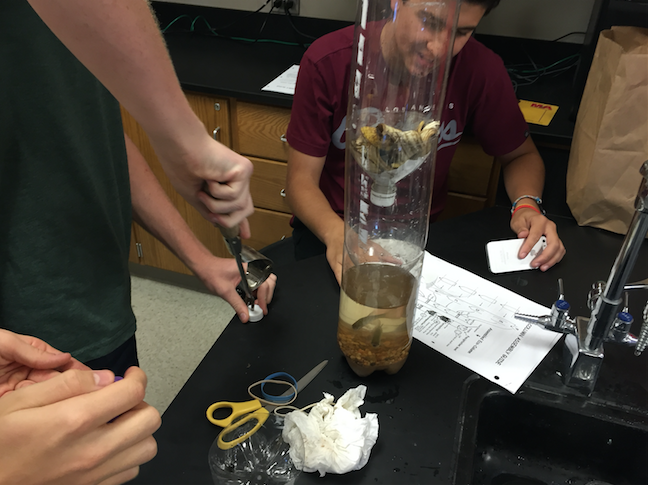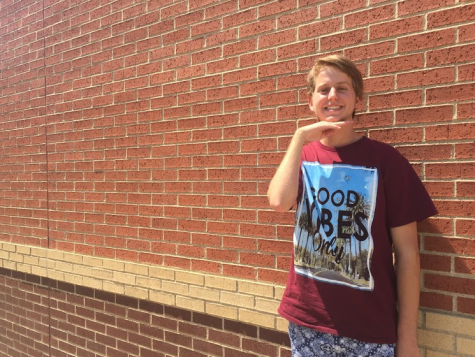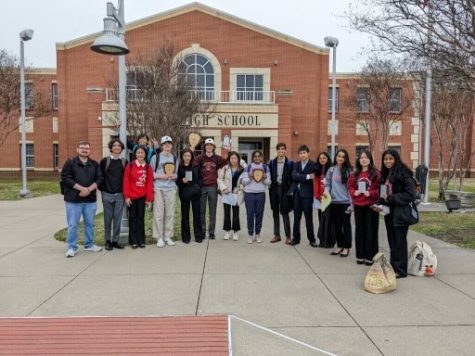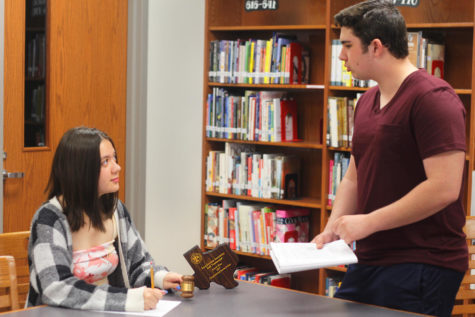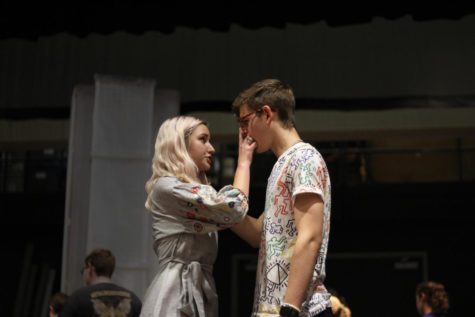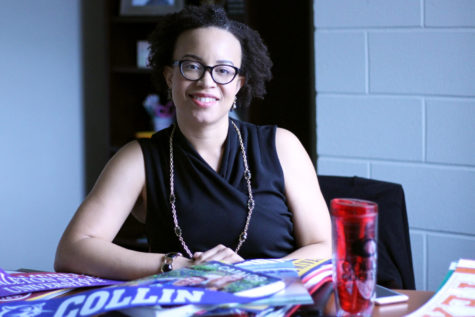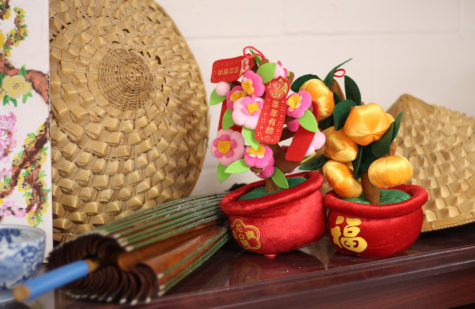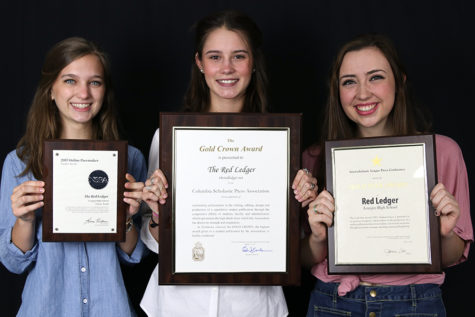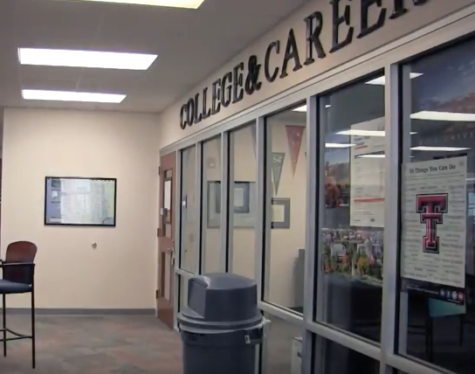Aquatic APES
Environmental science students experiment with fish, frog habitats
AP Environmental Science students are taking a hand on approach to studying habitats, by creating small aquatic ecosystem using plastic bottles and other materials.
December 14, 2015
Walk into the AP Environmental Science classroom last week and you would’ve heard something more fit for a pond behind the school than a D-hall science room. Under the buzz of student conversation, one could hear the croak of frogs and the bubbles of beta fish approaching the surface of water. While three quarters of the room were still dedicated to the typical routine of class activity, one corner in the back became an oasis of nature, featuring smells of vibrant decomposing fruit and a hint of fish food.
Bringing nature indoors hits the mark on what AP Environmental Science is all about: an interactive study of the environment surrounding the community. APES students got a chance to model an environment on their own over the last few weeks, gaining hands-on learning by raising fish and frogs in room D222.
“I wanted them to have an extended lab opportunity, to be able to demonstrate science process skills of collecting, analyzing, and evaluating data,” APES teacher Pam Brooks said. “The goal was to see how limiting factors in an ecosystem affect organisms, through a simulation of a real-world environment.”
The students placed the animals, along with plants and decaying material, into three sections of a vertical plastic container simulating terrestrial, aquatic, and decomposing environments. Each day they measured pH, water turbidity, conductivity, and health of each ecosystem.
“We learned that multiple forms of life can be sustained in a small location based off their interaction with one another,” senior Jak Barth said. “Most of the fish died at first, but we kept ours alive by keeping the environment clean and simple.”
The experiment marked a fun and interactive break from regular studying, but had it’s faults, especially with the level of death amongst the animals in a class meant to support awareness of the environment.
“Fish tend to die when placed in an unnatural environment,” senior Daiton Carpenter said. “We should’ve put them in something other than plastic, and used better water they’re meant to survive in.”
Even with occasional faults in the process, Brooks said the students gained important information from the lab.
“When you have ecosystems you have to look at them as a whole,” Brooks said. “Even though aquatic and terrestrial are different, they’re heavily interlinked. Being able to view those processes between environments really pins down the primary point of this class.”



